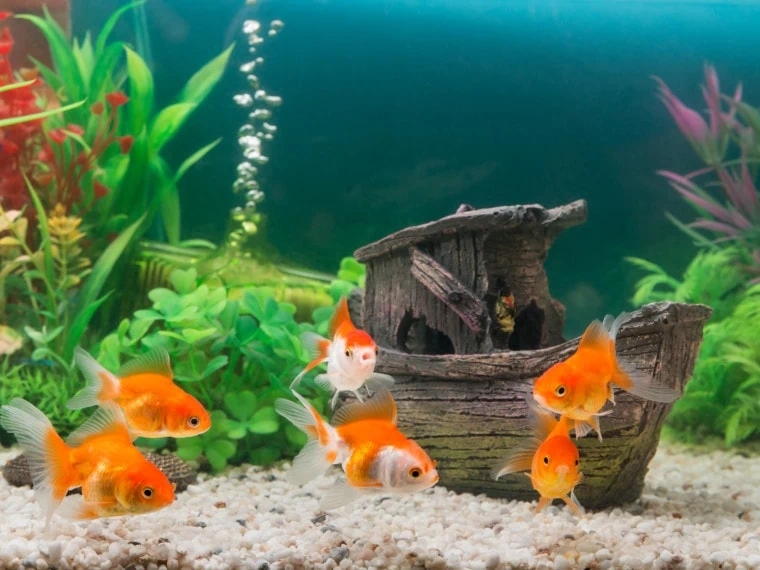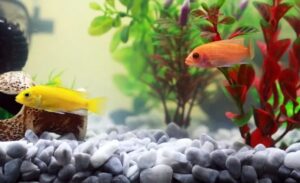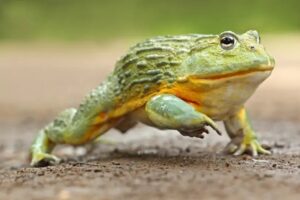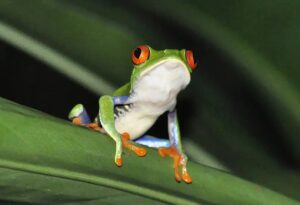Common Mistakes to Avoid as a Goldfish Keeper


As goldfish keepers, we all strive to provide our aquatic friends with the best care possible and strive to give them a happy and healthy existence. While some people intentionally ignore proper husbandry practices for goldfish keeping, many more care about their aquatic friends while unknowingly making mistakes that are very common among novice and inexperienced keepers.
When faced with the illness of your fish or the need to remedy mistakes made in its care, it can be easy to feel like giving up and becoming dismayed; but that shouldn’t be your aim! Here for information and education purposes and because you clearly want what’s best for your goldfish!
Divider-fish:
Give Yourself a Break!
Everyone makes mistakes. In fact, everyone must start somewhere, with different starting points and knowledge levels. Just because one friend didn’t make the same errors doesn’t mean either of you are better goldfish keepers than another; simply that there were different starting points with various levels of baseline knowledge between you.
Mistakes you have avoided making could very well be what someone else is experiencing with their goldfish keeping. We can all work together to be better goldfish keepers – providing support, uplift, gentle correction and safe information so we all become great keepers! For help in avoiding some of the more commonly committed by keepers – read on!
Common Goldfish Care Mistakes [Wiki]
1.Not Cycling the Tank
This is one of the most frequent mistakes when it comes to keeping goldfish or any other kind of aquatic animal. People are used to purchasing all their supplies at once and taking everything home; unfortunately this does not allow for proper tank cycling and should be avoided as science has proven this fact.
Tank cycling refers to the process of creating beneficial bacteria colonies within your fish tank, living in its filter, substrate and other surfaces where water flows. Beneficial bacteria consume waste products from fish and decomposing organic matter which are converted to ammonia and nitrite by beneficial bacteria which then convert these waste products to nitrate through its nitrogen cycle process; water changes are then performed regularly due to this increased nitrate concentration; plants also help lower it by using it as fertilizer for their own growth!
Fish-in cycles, which involve adding the fish while cycling the tank, may be possible, though this is less than ideal. A proper tank cycle involves increasing ammonia levels so beneficial bacteria have something to consume as fuel for energy production, growth, and reproduction.
Ammonia and nitrite can both be harmful to fish, either temporarily or permanently, so the ideal level for a tank with fish living in it should be zero. As you might imagine, this makes performing an aquarium cycle tricky; there are products on the market which contain bottle-beneficial bacteria which may help kick-start this process; but these should never serve as a replacement.
Cycling your tank, with or without fish, may take anywhere from days to months depending on various factors. This process requires patience and diligence if there are fish living within your aquarium.
Image Credits: gunungkawi and Shutterstock.
2.Failing to Research Goldfish Needs Anyone who’s owned fish as a child will recall going into a pet store and purchasing items like tank decor, food and heaters in anticipation of getting your new goldfish home. However, many don’t fully comprehend all their specific needs for optimal care of these aquatic friends.
People often make a critical error in keeping goldfish: keeping them in heated tanks or bowls. As goldfish are cool-water fish, an environment with air conditioning and heating is ideal – usually, this means no heater needed! Although keeping your goldfish in warm water may not seem like much, its impact may not become evident until too late.
Maintaining an optimal tank temperature for your goldfish can extend their lives considerably and ensure they’ll live long lives. Providing them with enough food will also extend their lives considerably.
Unbeknownst to you may be that some goldfish, particularly fancy varieties, don’t thrive when exposed to decor that contains sharp or jagged edges, as these rough areas may snag and tear delicate fins leading to infection and stress in their environment.
Consideration should also be given when choosing a substrate for your goldfish when starting out. Most people grab a bag of gravel and go about their business, but goldfish have been known to get stuck in it and need human intervention to release themselves, potentially leading to injury or even death for your fish. Fine substrate such as sand or larger pebbles such as large river rocks tend to be safer as there is less chance for becoming trapped or stuck, although some people even prefer going without any substrate altogether!






